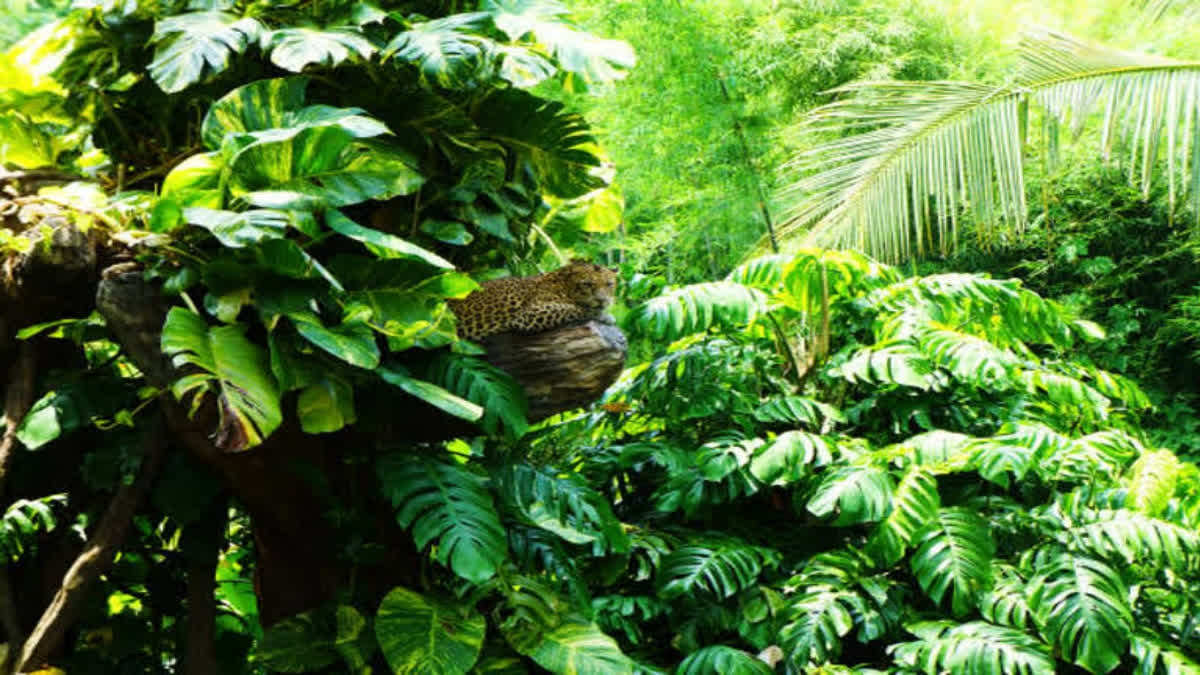New Delhi: Environmentalists argue that commercial planting of trees to offset carbon emissions might come with costs for biodiversity and other ecosystem functions.
Instead, they advocate for conserving and restoring intact ecosystems in their study published in the journal Cell Press. "Current and new policy should not promote ecosystem degradation via tree plantations with a narrow view on carbon capture," write the authors, led by Jesus Aguirre-Gutierrez, Environmental Change Institute at the University of Oxford, UK.
Tropical ecosystems, including forests, grasslands, and savannahs, are attractive sites for tree plantations because their climate and physical features promote rapid tree growth, meaning rapid carbon capture, their study said. While some tree plantations involve reforestation of degraded land, in many cases forests are planted in undegraded and previously unforested regions such as grasslands, which is "afforestation", they said.
Tree planting for carbon capture is often assumed to benefit biodiversity and enhance socioeconomic benefits. However, the authors argue that this is not always the case.
Naturally existing tropical ecosystems are highly biodiverse, providing multiple ecosystem services, such as maintaining water quality, soil health, and pollination.
In comparison, the commercial plantations are usually monocultures and are dominated globally by just five tree species - teak, mahogany, cedar, silk oak, and black wattle - grown for timber, pulp, or agroforestry, they say. They also support lower levels of biodiversity, even as they might be economically valuable, they said in their study.
The boom in carbon-capture plantations is money-driven, not ecology-driven, given that private companies are considerably incentivised financially to offset their carbon emissions. Society has unfortunately reduced the value of these natural tropical ecosystems down to one metric - carbon - despite the broad range of ecosystem functions and services they provide, the authors write.
For the private companies, carbon is easy to measure and monetise, compared to parameters such as biodiversity and ecosystem services, and thus, they invest in carbon-capture through plantations, the authors write. T
They further argue that such plantations are limited in their ability to capture carbon, as opposed to their ambitious commitments. "An area equivalent to the total summed area of USA, UK, China, and Russia would have to be forested to sequester one year of emissions," they said in their study. Instead, we should prioritise conserving intact ecosystems, they say.
Tropical grasslands and savannahs are already carbon sinks. When intact, tropical grasslands and savannahs store large quantities of carbon below ground. In contrast to the commercial plantations, which predominantly store carbon above ground, these below-ground carbon sinks, which get lost when afforested, are less susceptible to disturbances such as drought and fire, the authors write.
Thus, they say that overemphasising the benefits of tree planting for carbon capture "can disincentive the protection of intact ecosystems and can lead to negative trade-offs between carbon, biodiversity, and ecosystem function."
Also read: "PM Modi is leader of the world in environment": Israeli diplomat lauds ‘Swachhata Hi Seva’ campaign



